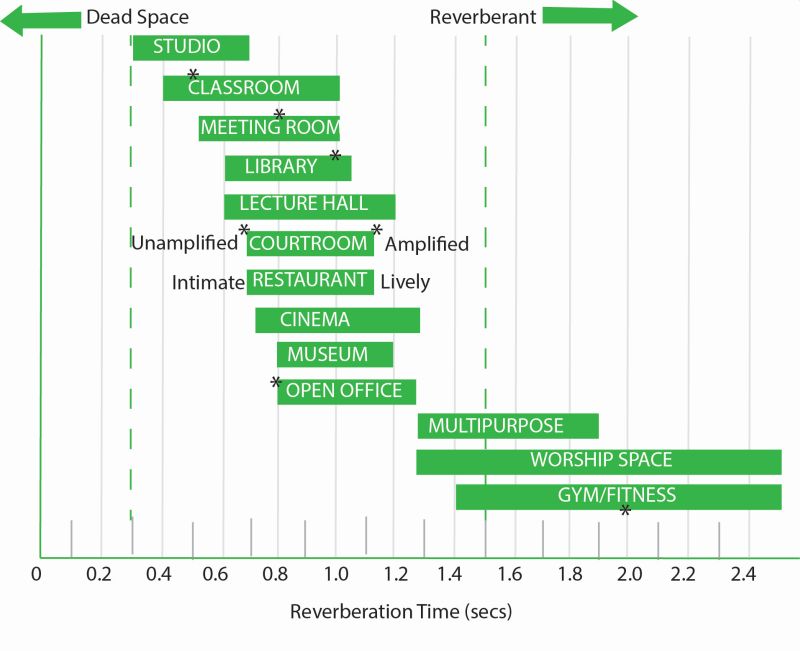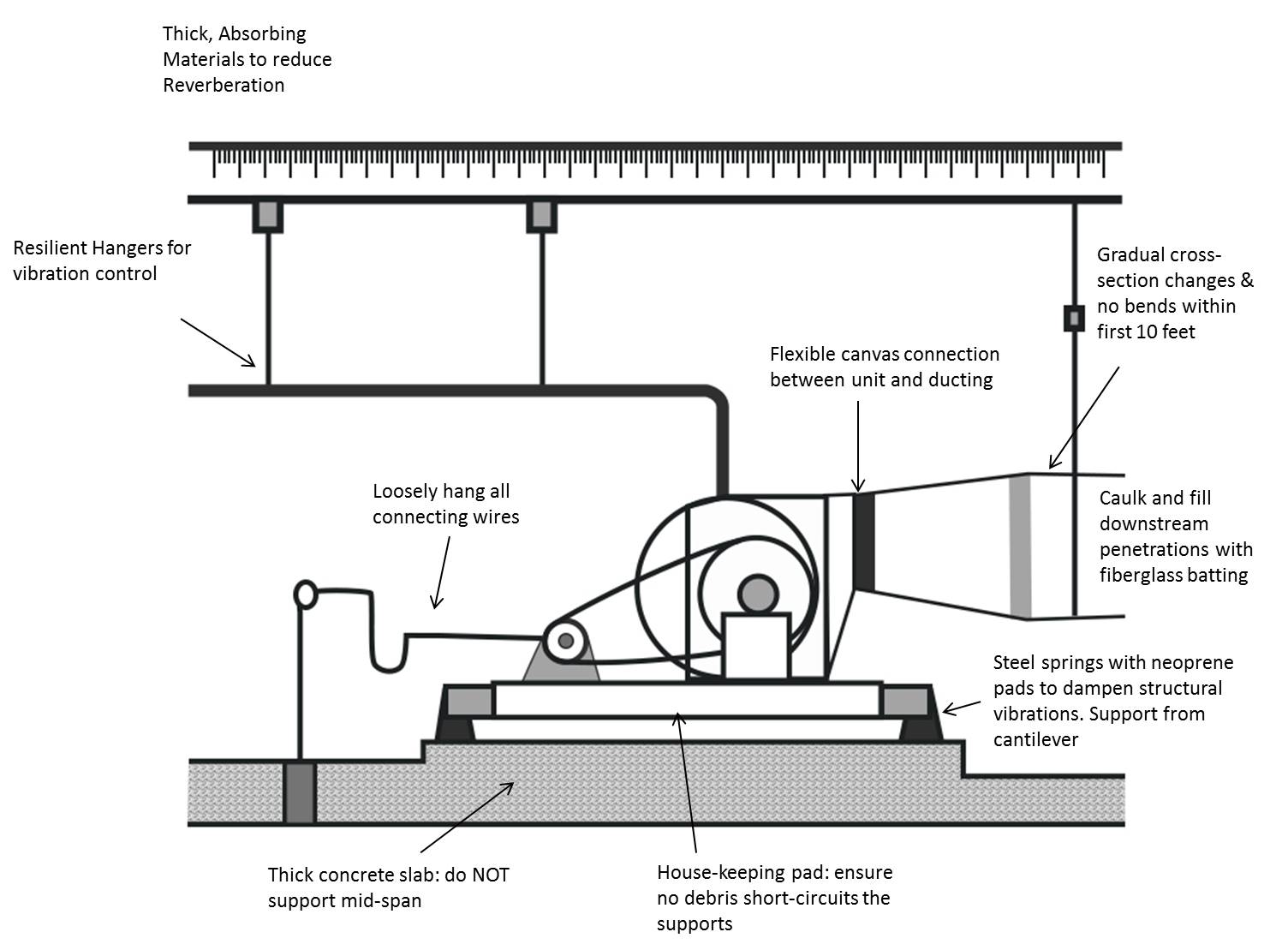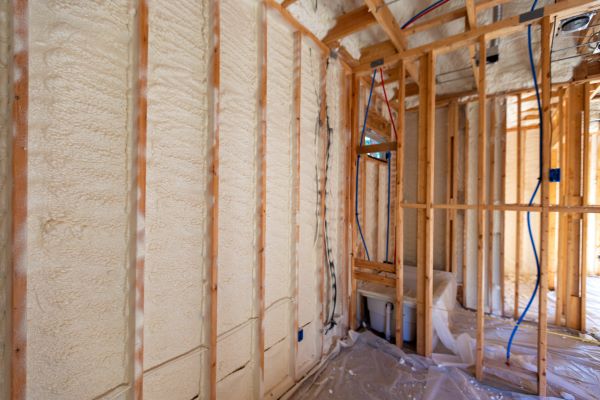From luxury suites to affordable complexes, one of the main factors to consider when building apartment homes is sound. Living wall-to-wall with your neighbors can make for plenty of noise disturbances so it comes as no surprise that a quiet and private living space is of value to most apartment dwellers, and they’re willing to pay […]
Category Archives: Soundproofing Tips
From SoulCycle to Barre to Zumba, it seems like there’s a new workout craze every week these days, and with all these fitness classes come new gyms on every corner. Blaring music, loud equipment and stamping feet may pump you up while you work out but for the daycare center and office building next door, […]
The reverberation time for a room is determined by its size and the finishes. However, a target reverberation time is driven by the room’s expected use. Upbeat and active spaces often desire a longer reverb time, while other rooms (where speech intelligibility and comfort are in demand) will require much shorter reverb times. Read below […]
Quietrock and Soundbreak Alternative Acoustically enhanced gypsum board, such as Quiet Rock or SoundBreak, is commonly used in the construction of high STC (sound transmission class) wall and ceiling assemblies. It contains a viscoelastic gel layer in the center which is sandwiched between two thin drywall layers. Uses include but are not limited to educational, […]
As the amount of technology and automation grows in new “Smart Homes” across America, there is another silent, growing problem – soundproofing. These homes are outfitted with 7.1 speaker systems, entertainment centers, in-home theaters, and even music studios. However, all of this technology integration can create a noisy environment that installation firms don’t always know […]
When designing or building a new movie theater, it is critical to consider the movie-watching experience, from seating locations to auditorium reverberation and attenuation between adjacent theaters. Soundproofing the movie theater is one of the key considerations. Challenges of Soundproofing Movie Theaters Whether you have unique sound requirements or standard THX constraints, the wall thickness, […]
It’s a common occurrence: you see a 1-page data sheet claiming light-weight and inexpensive materials getting IIC – Impact Insulation Class – ratings of 70 or higher. These data sheets are littered with incomplete information and undefined assemblies. When you request the test data, it’s either difficult to attain, or when received, completely irrelevant. So, […]
While there is significant literature and testing available for interior wall partitions, many planning and architect professionals run into issues of exterior noise control. In Europe, where often-times it is required to perform a Sound Study prior to new development, the US and many other countries are in a build and react mode. This sometimes […]
Find Basic Tips for Reducing Mechanical Noise There are a number of mechanical systems in nearly every building that can cause annoying hums, drums and vibrations. Unlike traditional soundproofing and absorption techniques, these are dependent on a number of other characteristics innate in the machine’s operation – including size, frequency, and mounting conditions. Treating a […]
When designing or building a wall partition, it’s critical to understand what benefits you’ll get out of the wall assembly, and the associated costs and complications that come with more complex assemblies. The first step is to determine target STCs – how much sound do you need your wall to block? This is often dependent on […]








